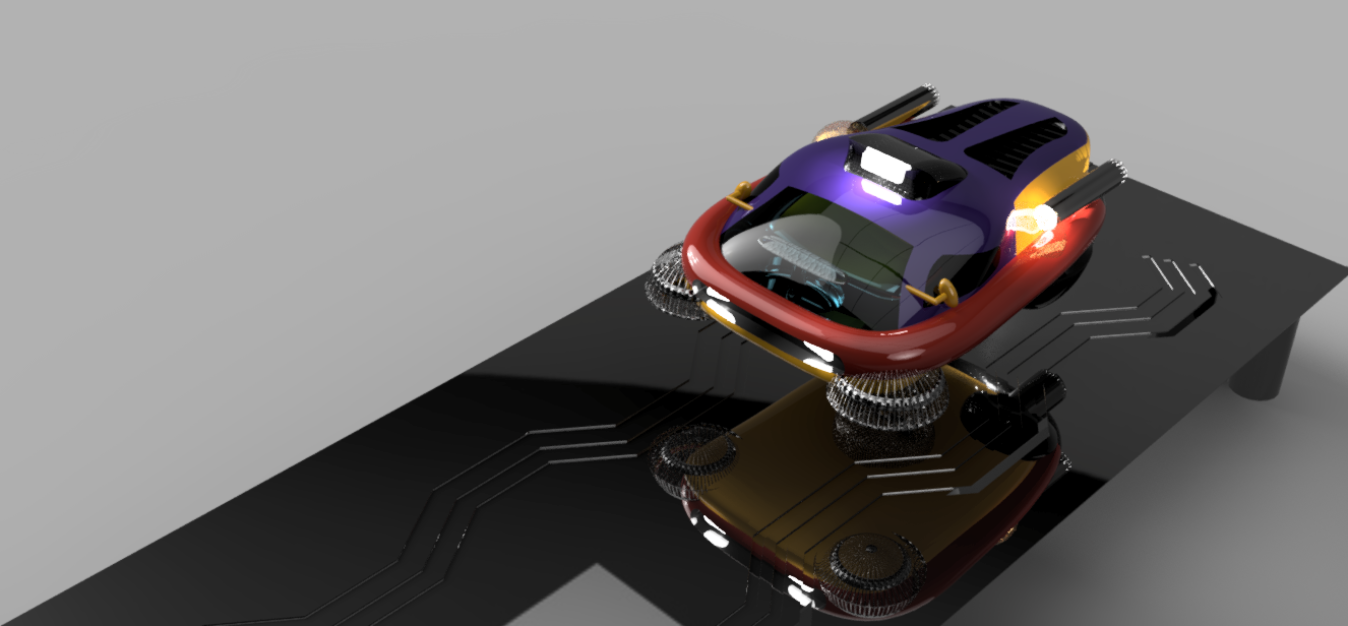
Japan’s MAGLEV technologeis-Future of Automotive Industry
Japan’s Revolutionary Magnetic Levitation Technology: The Future of Automotive Industry
Japan has always been at the forefront of technological innovation, and its latest breakthrough in the automotive industry is nothing short of revolutionary. Researchers at the Quantum Machine Unit of the Okinawa Institute of Science and Technology (OIST) have developed a groundbreaking magnetic levitation (maglev) technology that could potentially render traditional engines and batteries obsolete. This cutting-edge system promises to drastically improve energy efficiency and change the way we think about transportation.
The Core of the Innovation: Magnetic Levitation Technology
Magnetic levitation technology is not entirely new; it has been famously used in high-speed trains, known as Maglev trains, that operate in countries like Japan and China. However, what sets this new development apart is its application in automobiles. The researchers at OIST have created a system that allows cars to levitate a few centimeters above a specially designed track. By eliminating contact with the ground, this technology drastically reduces friction, one of the primary causes of energy loss in conventional vehicles.
Energy Efficiency: A Game-Changer in Transportation
One of the most remarkable aspects of this new maglev technology is its energy efficiency. Unlike traditional vehicles that rely on continuous power input from engines or batteries, the OIST system requires power only at startup. The energy is used to generate a magnetic field that lifts the car off the ground. Once the car is levitating, it moves without the need for additional energy input, thanks to the principles of diamagnetic materials and powerful magnets. This is a significant leap forward compared to existing Maglev trains, which require constant energy to maintain levitation and propulsion.
Potential Applications and Benefits
The implications of this technology for the automotive industry are immense. By eliminating the need for engines and batteries, vehicles could be lighter, less complex, and more cost-effective to produce and maintain. Additionally, the reduction in friction could lead to much higher energy efficiency, significantly extending the range of vehicles without the need for frequent recharging or refueling. This would be particularly beneficial for electric vehicles (EVs), which currently face limitations due to battery capacity and charging infrastructure.
Moreover, this technology could also contribute to reducing the environmental impact of transportation. With no need for fossil fuels or large battery packs, vehicles using maglev technology could help decrease greenhouse gas emissions and reliance on non-renewable resources.
Challenges and Future Prospects
Despite its potential, the technology is not without challenges. One of the primary issues is the need to manage kinetic energy at the surface level to ensure smooth and controlled movement. Another challenge is vortex damping, which involves controlling the air resistance created by the moving vehicle. Researchers are actively working on overcoming these obstacles to make the technology viable for widespread use.
Looking ahead, the successful implementation of this technology could herald a new era in transportation. It could lead to the development of entire infrastructure networks designed around maglev vehicles, from urban transit systems to intercity highways. As research progresses, we can expect to see further refinements that bring us closer to a future where traditional motors and batteries are a thing of the past.
Conclusion: A New Dawn in Automotive Innovation
Japan’s pioneering work in magnetic levitation technology represents a significant step forward in the evolution of the automotive industry. By leveraging the power of magnets and innovative materials, researchers are opening up new possibilities for energy-efficient, eco-friendly transportation. While challenges remain, the potential benefits make this an exciting development to watch. The day may soon come when cars powered by magnetic levitation become a common sight on roads worldwide, marking the beginning of a new era in mobility.





